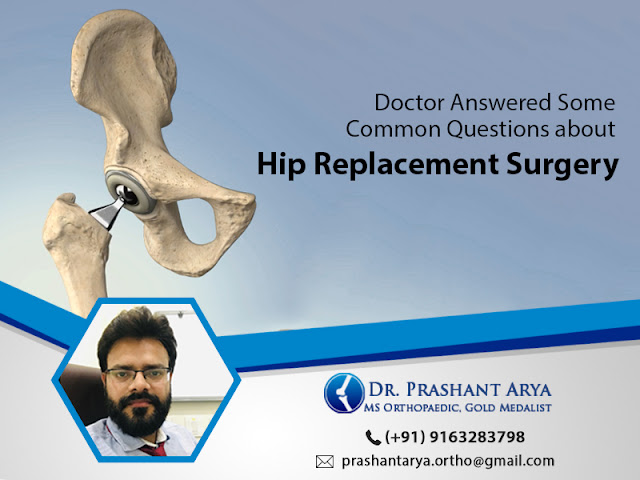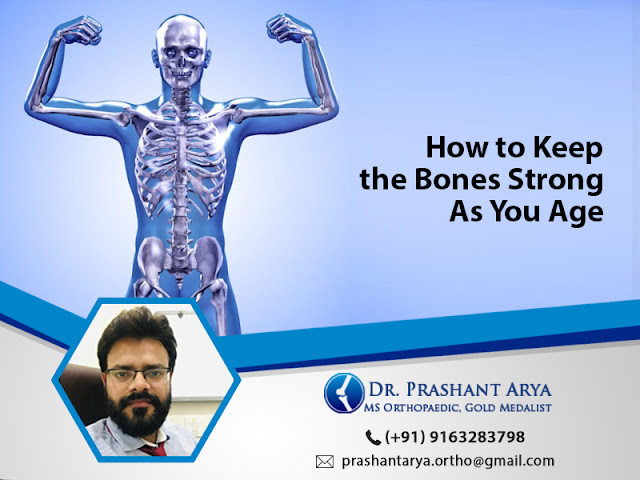Shoulder Bursitis Facts – As Explained by the Orthopaedic Doctor
Overview – Shoulder Bursitis
The
shoulder is an inherently unstable ball and socket joint. The ball is attached
to the little muscles called rotator cuff muscles, as well as ligamentous
structures that surround the joint. These muscles and tissues aid in
aligning and stabilising the humeral head within the glenoid
or socket.
A
bursa (derived from the Latin word "purse") sits atop these muscles.
It is a fluid-filled sac that serves to lubricate and nourish the underlying
muscles in order to reduce tissue friction. With certain shoulder postures, the
space in which the bursa rests can shrink, producing compression of this tissue,
says the shoulder treatment doctor in
North Kolkata.
Shoulder Bursitis and Pain
Patients
commonly report shoulder pain in the overhead position, pain when reaching out,
and night pain when sleeping on the affected side. Due to referred pain that
radiates down from where the bursa is positioned, the discomfort usually occurs
on the side of the arm rather than in the topmost area of the shoulder.
According
to the best orthopaedic surgeon in Newtown, when the upper extremity is placed in the overhead position during
the presentation and physical examination, pain is frequently evoked. Direct
palpation along the side of the shoulder rarely results in pain. Small calcium
deposits within the bursa and tendons might be shown by radiographic images.
Shoulder Bursitis Treatment Options
Common
treatments include the application of ice to the shoulder for 20 minutes per
night, anti-inflammatory drugs, and a basic home exercise regimen for
rehabilitation. For patients who do not respond to this treatment, a cortisone
injection pushed directly into the bursa can often assist in reducing
inflammation and pain, says the orthopaedic specialist in Salt lake. In addition, symptomatic patients may benefit from
formal physical therapy.
If
anti-inflammatory drugs, physical therapy, and injections have failed for more
than 6 months, a minimally invasive arthroscopic procedure may be
performed in which the bursa sac is excised, and the space in which it
dwells is widened. The majority of people don't need this procedure and react
well to conservative treatment.




Comments
Post a Comment